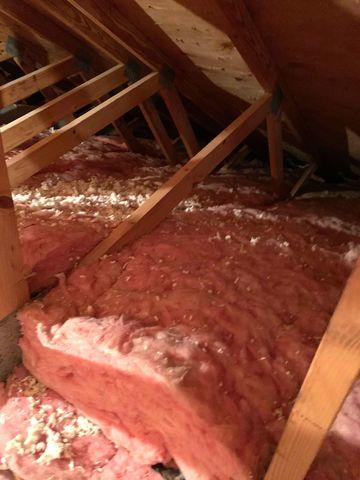
Attic Before
The old, existing insulation in the attic had large gaps where air was able to move, leading to uneven temperatures in the rooms below.
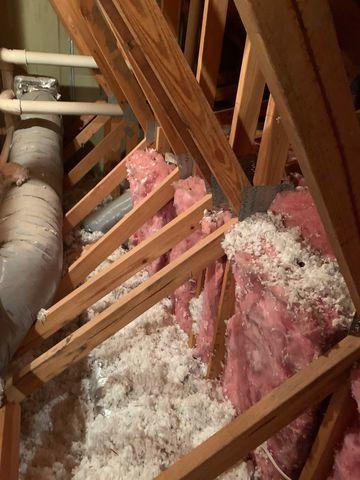
Attic Before
This spots in the existing insulation provided less than adequate insulation and uneven temperatures in the rooms below.
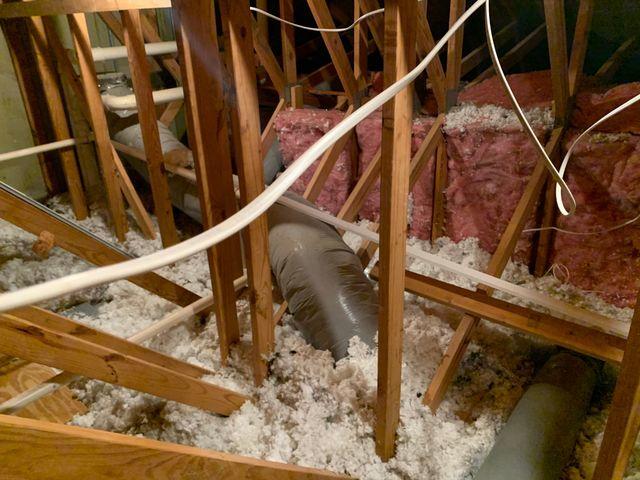
Attic Before
With several types of unevenly installed insulation, this space was ready to be cleared and air sealed before proper insulation would be installed.
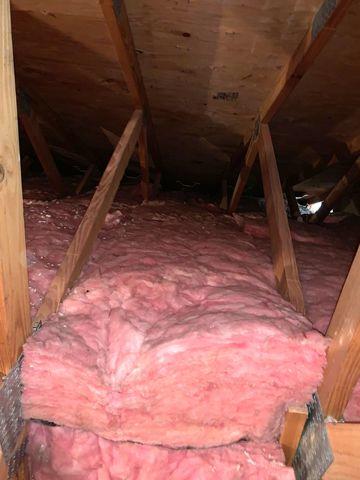
Rolled Insulation Removal
This old insulation was stacked in layers but allowed air to pass between, offering insufficient protection.

Insulation In Progress
Silver Glo panel insulation was installed to help keep the walls of the attic sealed and created a better conditioned space. Zyp Foam was used to air seal the panels and the gaps and cracks in the floor.
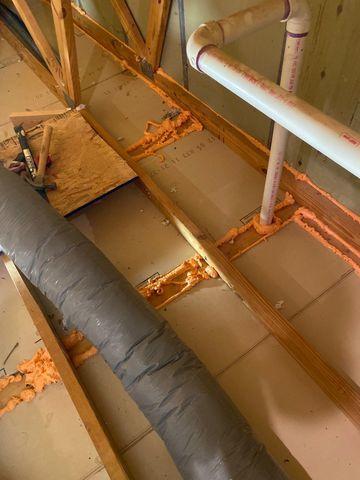
Air Sealing
Zyp Foam is used to air seal the gaps and cracks in the attic floor.
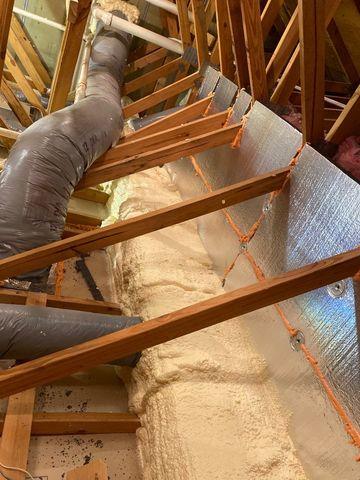
Spray Foam
Spray Foam is seen here being used to encapsulate and protect the HVAC ducts while they deliver heated or cooled air to the different rooms of the home.
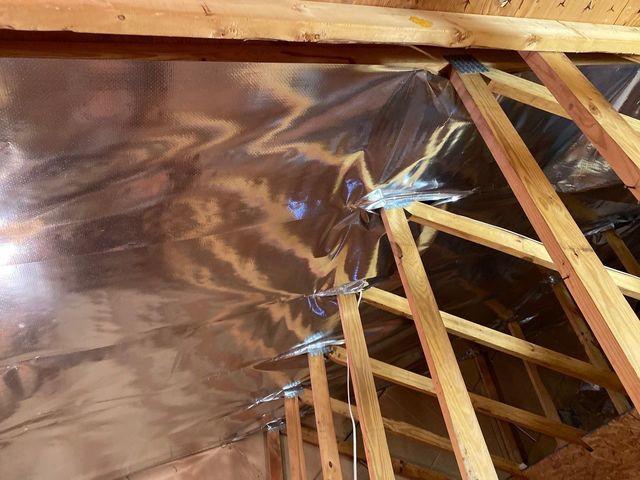
Radiant Barrier
This radiant barrier covers the under side of the roof and keeps outside heat from radiating into the attic.
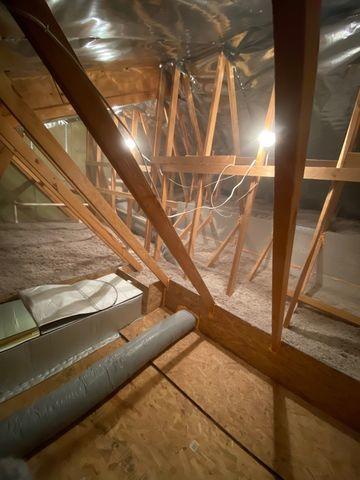
Attic After
A zippered hatch cover protects the opening to the attic while the newly built attic decking allows for storage and access to the utility systems in the attic for service needs. Tru Soft insulation was blown in to the rest of the attic.
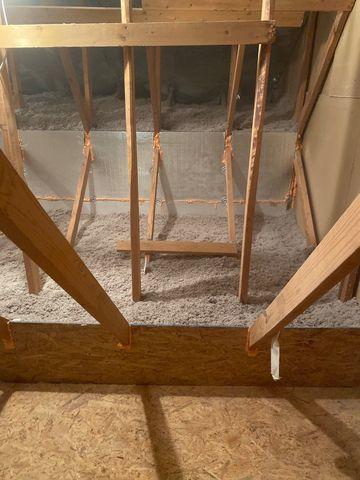
Attic Finished
Silver Glo panels help to split the different areas of the attic while the newly built attic decking allows for storage and access to the utility systems in the attic for service needs. Tru Soft insulation was blown in to the rest of the attic.

